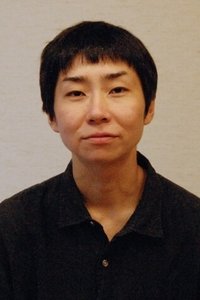Toward a Common Tenderness
Genres
Documentary
OverView
Moments in the life of a young Japanese filmmaker in Bosnia, charged with acoustic and visual poetry. Buoyant and essayistic entries in a process of self- and world-reassurance.
Others
Budget
$--
Revenue
$--
Status
Released
Original Language
Japanese
Runtime
64 mins
Rating
6/10
Release Date
01 October 2017
Country
Bosnia and Herzegovina

